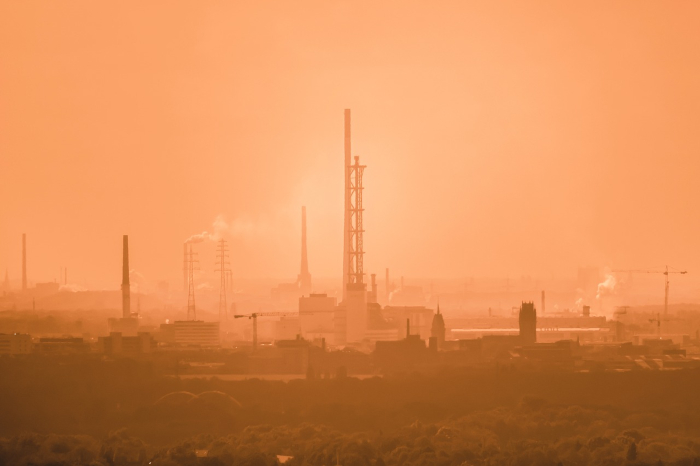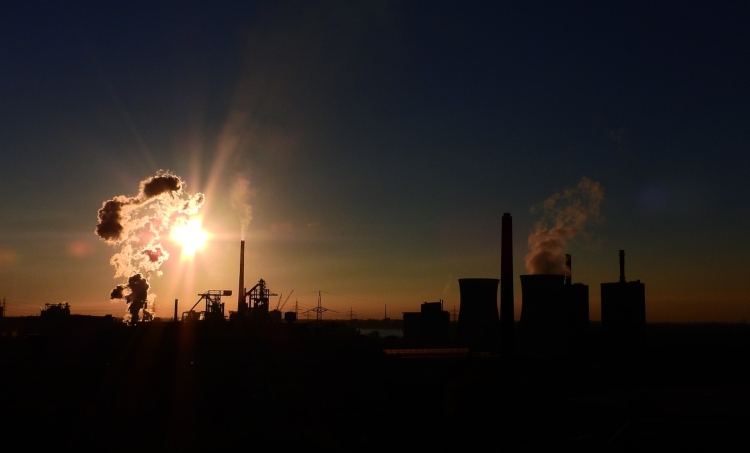If you ever have lived in a big city, you most likely have experienced the problem of air pollution on your own skin. It is worth noting that this problem does not only affect the inhabitants of the big cities. The industrial zones also affect air quality, making life in the smaller towns equally difficult. The type of pollution that the region struggles with can depend on many factors:
- the location - it can determine the probability of certain occurrences such as smog or the nature-related pollution coming from the volcanic activity;
- the type of industries nearby - for example, the nitrogen factories will generate different types of pollution than the coking plants, and so on;
- the density of building;
- the measures imposed by the region.
What are the types of air pollution?
Generally, the types of air pollution can be divided into two categories: natural and anthropogenic. The first ones are mostly related to geological activity as well as the processes of decay. The others, as the name suggests, are the result of the human-related activity. Another division that we use to categorize the air pollution types is the gas/dust/aerosol one. All can have a natural or anthropogenic source.

air polution
Among the most common polluting gases, we can differentiate:
- sulfur oxide
- nitrogen oxide
- carbon oxide and dioxide
- aromatic hydrocarbons
- radioactive substances
- heavy metals
Which types of air pollution are the most dangerous to your health?
Most of the particles considered as air pollution can be a potential danger to your health. However, they can influence it in different ways. Some gases, particularly carbon oxide, is very dangerous for human health even in case of short exposure. As it is odorless, its detection is often impossible. That may lead to life-threatening situations.
Other common types of air polluting particles are known to be cancerogenic, especially in the case of long-term exposure. The main culprit here is polycyclic aromatic hydrocarbons including benzopyrene, very often found in the air of the big cities, as well as dioxins, furans, and heavy metals.
How to protect yourself from pollution?
The problem of air pollution is a subject of worldwide debate - mostly in the context of climate change fueled by the emissions of carbon dioxide. However, various regions and cities take different measures in order to reduce their levels and improve air quality. Many have a long way ahead - and while they are trying to figure it out, it is worth to take personal measures to protect yourself from the health implications.
How to do it effectively? The simplest way is to monitor the air quality, using the apps that gather real-time information from the sensors, such as Airly.org. Another is to wear the anti-smog mask that filters the polluting particles, stopping them from entering your respiratory system.
